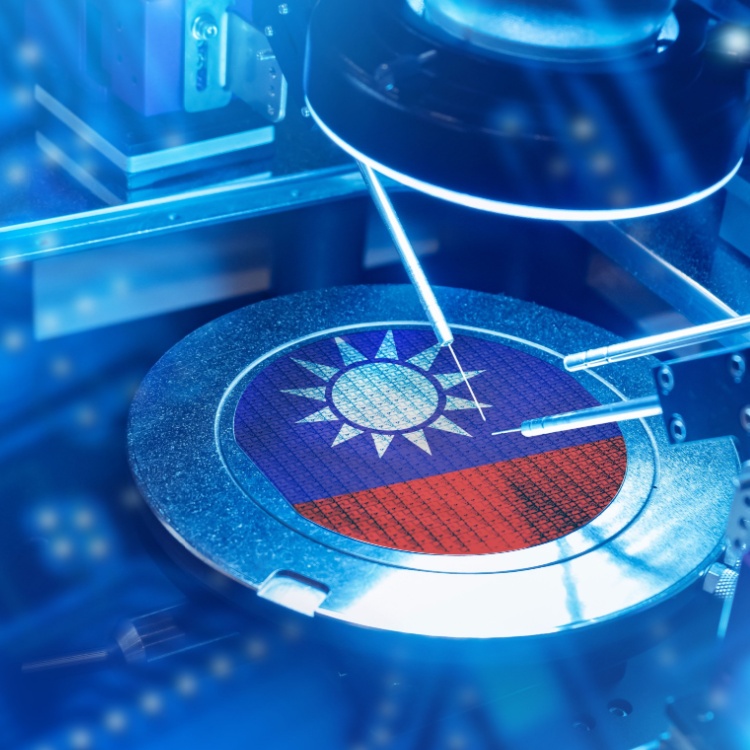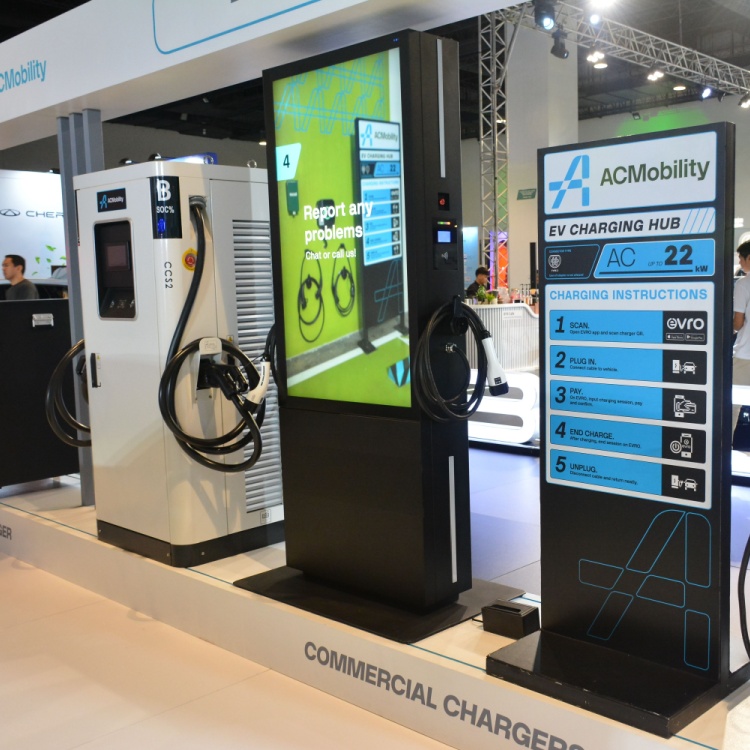Stronger, Better EV Batteries Coming Your Way
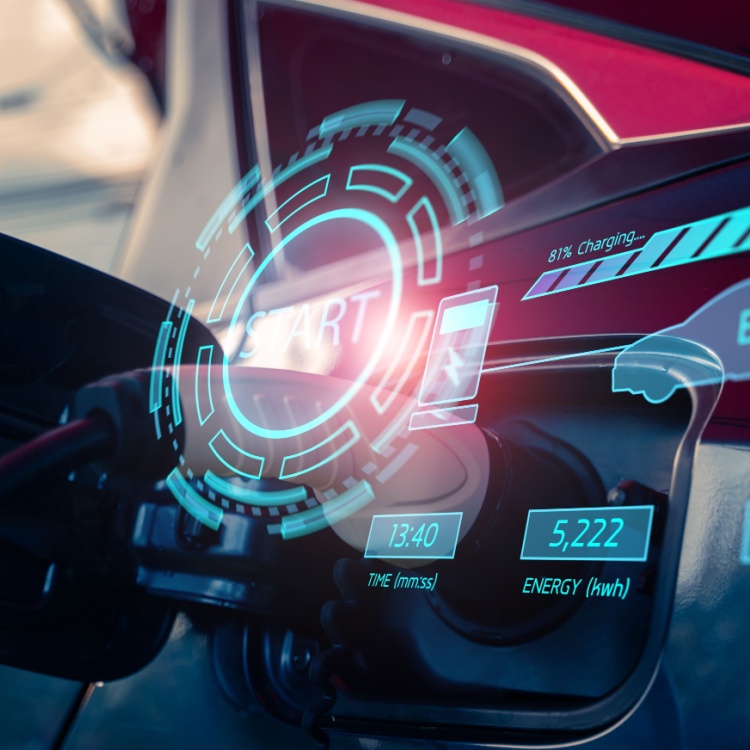
According to a study, Li-ion (Lithium-on) batteries for EVs (electric vehicles) have become longer-lasting and more reliable. With a failure rate of almost zero, the new-generation EV batteries are paving the way for wider adoption of these modern modes of transport.
The global EV industry's success relies heavily on its EV batteries' efficiency, typically of a lithium-ion composition. For now, Li-ion batteries are the most commercially viable for EVs because of their high energy density and long cycle life, which means they can withstand many charge-discharge cycles. Adding to their benefits is their affordability and lightweight features.
However, this battery type also has downsides, such as its high production cost and resource limitations. Extracting its raw materials, such as lithium, cobalt, and nickel, has significant environmental and labor impacts. For EV users, the main concern is safety since Li-ion batteries are prone to thermal runaway. This may result in fires or explosions if the battery is improperly charged, damaged, or subjected to extreme heat.
This is why manufacturers are working hard to improve battery chemistry. Li-ion batteries are complex and crucial, accounting for 30 to 50% of an EV's cost. Battery failure can lead to the EV's immobility, decreased lifespan, and safety issues.
EV battery life through the years
Clean technology startup Recurrent studied how long EV batteries last, using data from approximately 15,000 EVs from 2011 to 2023. Before 2016, battery replacements caused by malfunctions were more common among the few available models. The survey showed that 2011 was the worst year, with a failure incidence of 7.5%, excluding recalls. The rate dropped from 1.6% to 4.4% in the following years. Beginning in 2016, the failure rate dramatically decreased to 0.5% and settled to 0.1% in 2023.
Recently, the industry saw two significant battery recalls due to similar battery pack defects from LG in the Hyundai Kona Electric and the Chevrolet Bolt EV. To resolve the issue, the manufacturers offered a widespread battery replacement campaign. Recurrent said that despite these major recalls, EV battery replacements were still uncommon.
Up to now, EV batteries have far longer lifespans than anticipated, as very few have needed replacement, even after the expiration of the warranty period, which covers eight years and 100,000 miles.
Nevertheless, replacements are part of the typical challenges of new models. For instance, recent Rivians and Hummer EVs experienced above-average replacement rates, but a warranty covered these.
Examining models from 2011 to 2015, a mere 13% of drivers have experienced a battery replacement. This is quite impressive, given the technological advancements over the past decade. With innovations progressing rapidly, the 0.1% failure rate is likely to drop even more in the coming years.
New battery technologies
According to the Recurrent study, battery performance has improved partly because battery size has increased by over 120%. With this development, newer batteries can endure more significant capacity loss before requiring replacement. More sophisticated technologies create improved battery and thermal management systems. Due to ongoing research and investor interest, better battery chemistries are around the corner. Meanwhile, machine learning and artificial intelligence in auto manufacturing ensure stricter quality control.
Currently, a team from the US Department of Energy is developing an electrolyte containing fluorine, allowing Li-ion batteries to perform equally well in freezing conditions as in ambient temperatures. Today's Li-ion batteries contain an electrolyte that conveys ions between the two electrodes, facilitating the charging and discharging process. But this liquid starts to freeze below zero, making charging almost impossible during winter months and in cold areas.
To address this problem, American researchers integrated fluorine into the ester solvent, which has a shallow melting point. It can also break down lithium salt, which is highly conductive, thereby enabling the battery to perform well in cold conditions. In laboratory trials, the fluorinated electrolyte sustained consistent energy storage through 400 cycles of charge and discharge at -4°F.
Right now, the research team is patenting its electrolyte and seeking an industrial partner to integrate it into its Li-ion battery designs.
How to make your batteries last longer
EV batteries may offer longevity, but they also naturally degrade over time. With proper knowledge and care, you can avoid hastening this deterioration, allowing your EV battery to serve you well for decades.
-
Learn the best way to charge your EV battery.
As a rule of thumb, Li-ion batteries perform optimally within the charge range of 30% to 80%. If you stay in that sweet spot for long, you can increase your battery life. Mobile device batteries often suffer from a decreased lifespan because they are fully charged and fully drained daily. Charging your battery to its maximum level repeatedly can strain it.
-
Don't drain the battery.
Li-ion batteries perform optimally when subjected to partial cycles rather than fully charging and draining. Most experts agree that charging your battery once it hits 30% can extend its longevity. Many manufacturers implement safeguards to prevent batteries from reaching complete discharge, as this state has the potential to permanently damage the battery, depending on the extent of its degradation.
-
Avoid frequent charging.
The performance and longevity of EV batteries can decline with constant charger use. The typical advice is to charge whenever feasible, but not necessarily after every drive. Why does battery degradation speed up when you constantly charge it? Each charging cycle creates stress, causing heat buildup, which may affect the battery chemistry. Continuous charging can also lead to unwanted chemical reactions, weakening the battery.
-
Minimize your DC quick charging.
Because DC (direct current) supplies current directly to the battery, it is much faster and more efficient than using AC (alternating current). In the latter, the current is converted to DC before it charges the battery. While the DC quick charging is convenient for topping up your vehicle before you leave, it can degrade your battery by 1% yearly if used more than once or twice daily.
-
Store your EV properly.
Whenever possible, store your EV indoors to protect it from extreme temperatures. Exposing your vehicle to heat affects its battery longevity, and the same happens when you store your EV in cold temperatures. To prevent full discharge during extended periods of inactivity, recharging the battery once every three months is advisable.
-
Maximize the on-board computer.
EVs come equipped with safeguards and built-in features to facilitate proper charging and usage. Explore the many menu options that feature reachable range, energy consumption, remaining battery power, approximate charging times, and more. The built-in computer can also provide historical data on your EV usage, giving insight into how certain routes and driving habits affect your battery. This way, you can adjust your driving to better preserve your battery.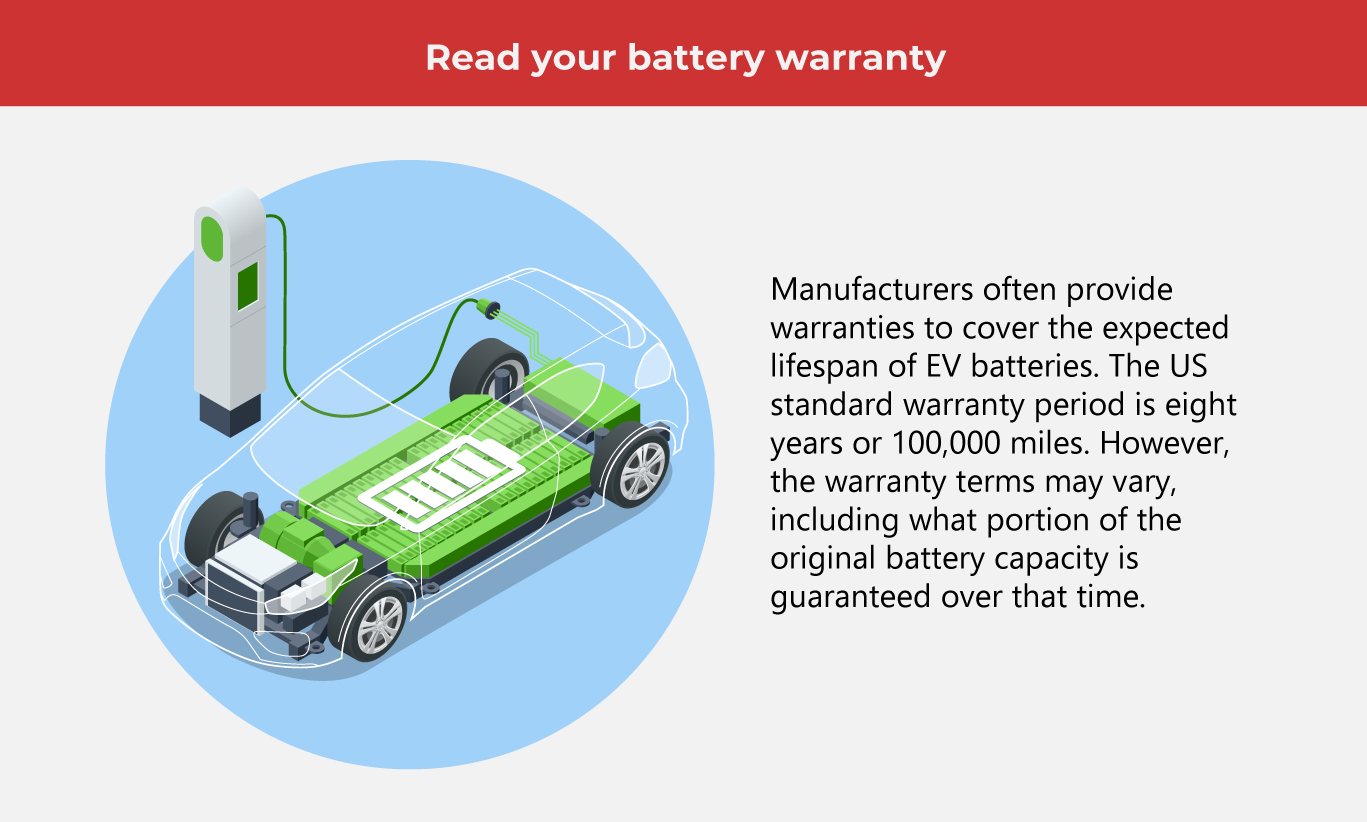
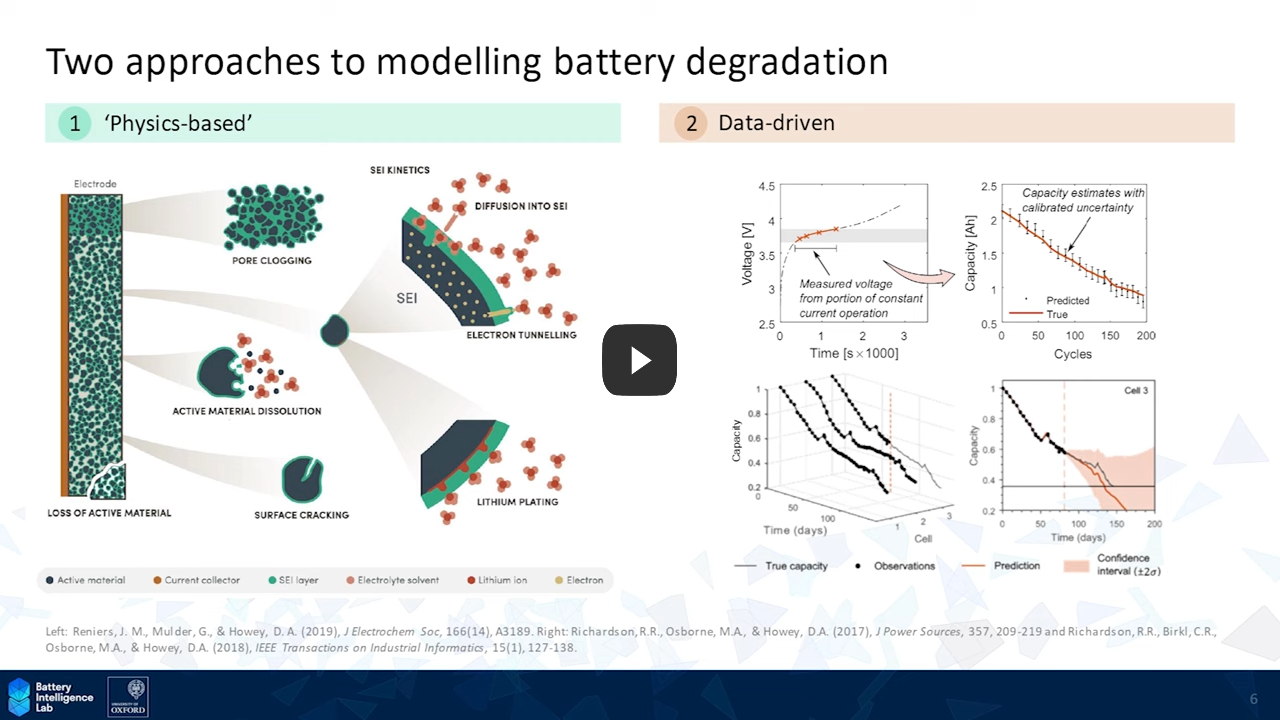 As one of the Top 20 EMS companies in the world, IMI has over 40 years of experience in providing electronics manufacturing and technology solutions.
As one of the Top 20 EMS companies in the world, IMI has over 40 years of experience in providing electronics manufacturing and technology solutions.
We are ready to support your business on a global scale.
Our proven technical expertise, worldwide reach, and vast experience in high-growth and emerging markets make us the ideal global manufacturing solutions partner.
Let's work together to build our future today.
Other Blog

